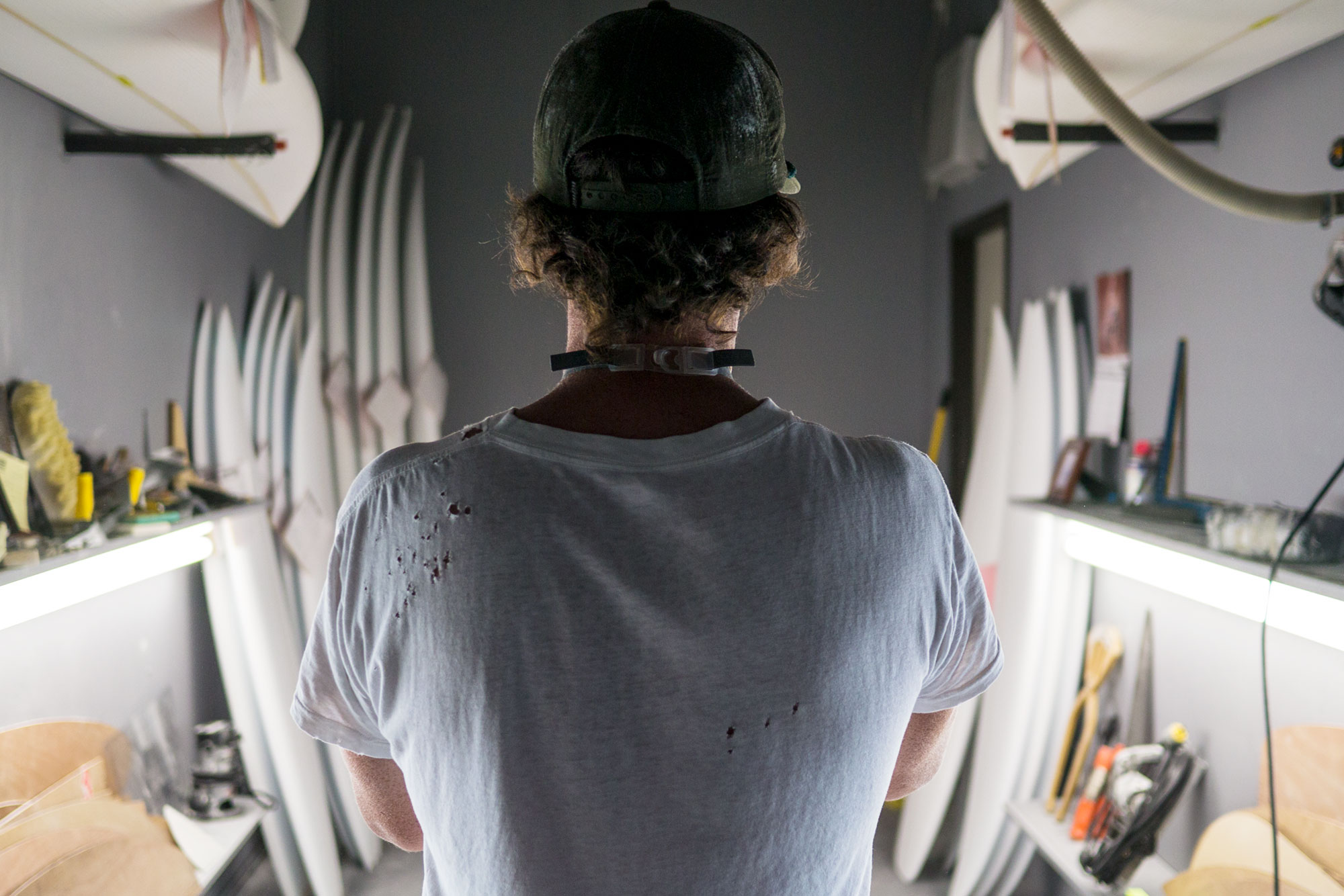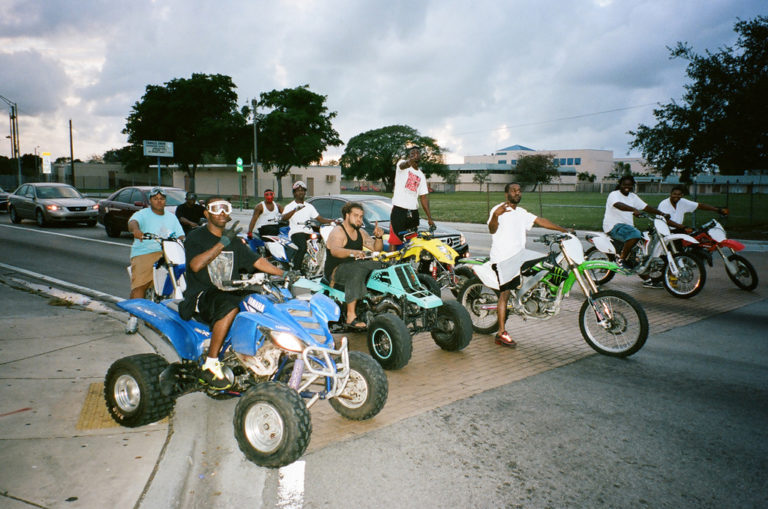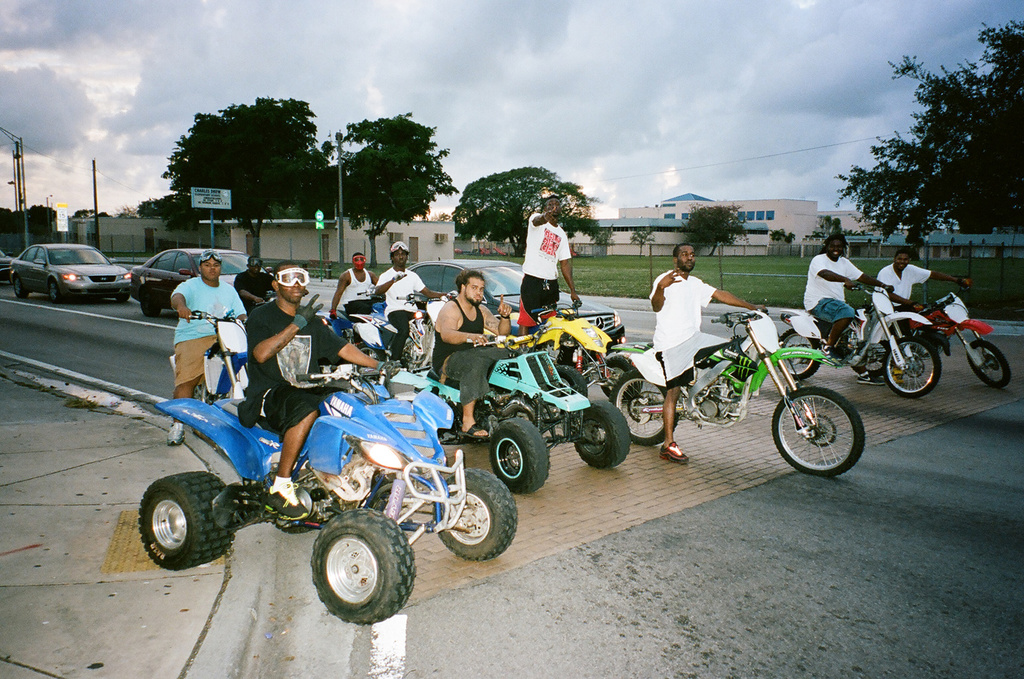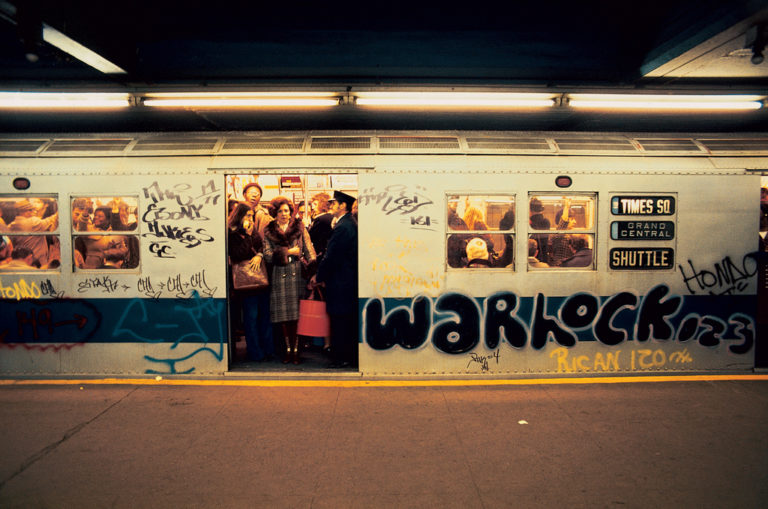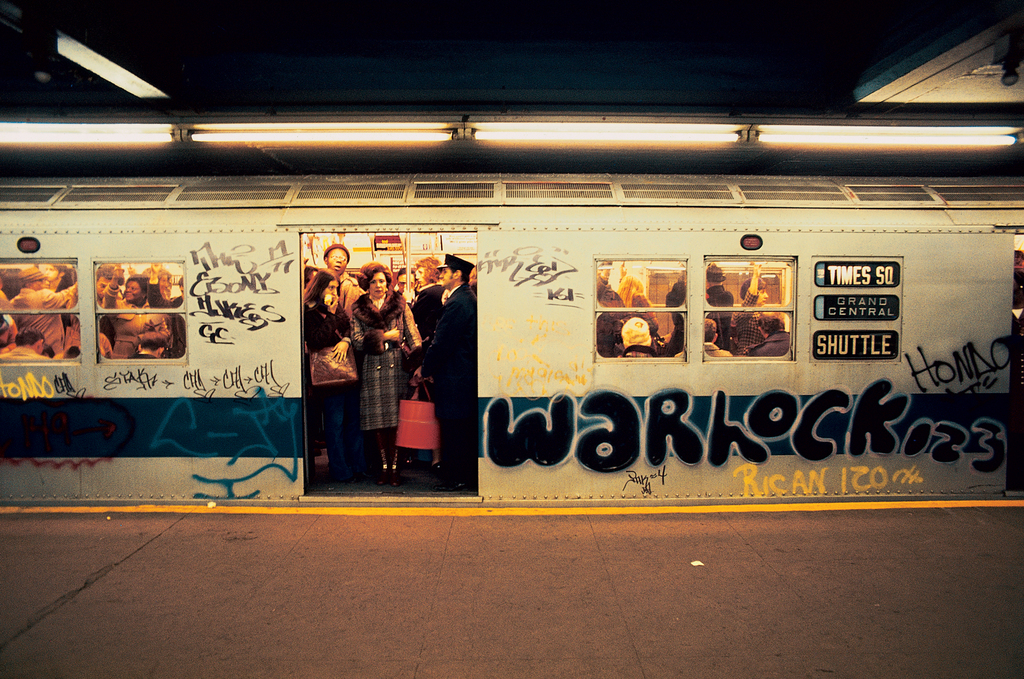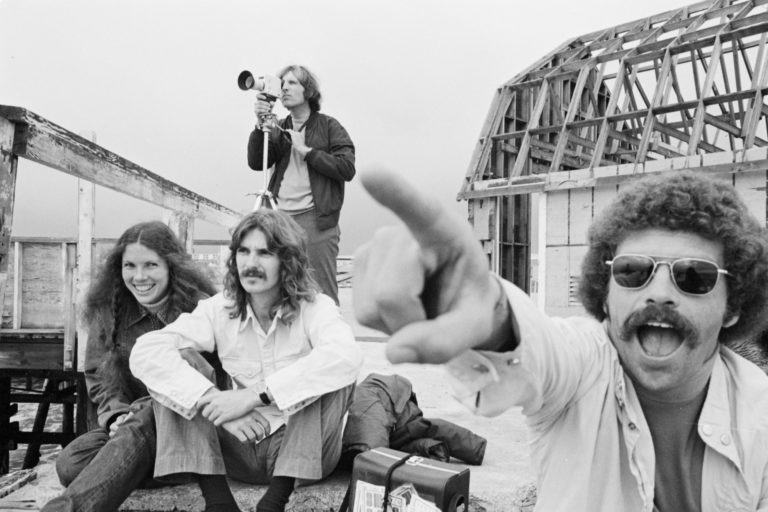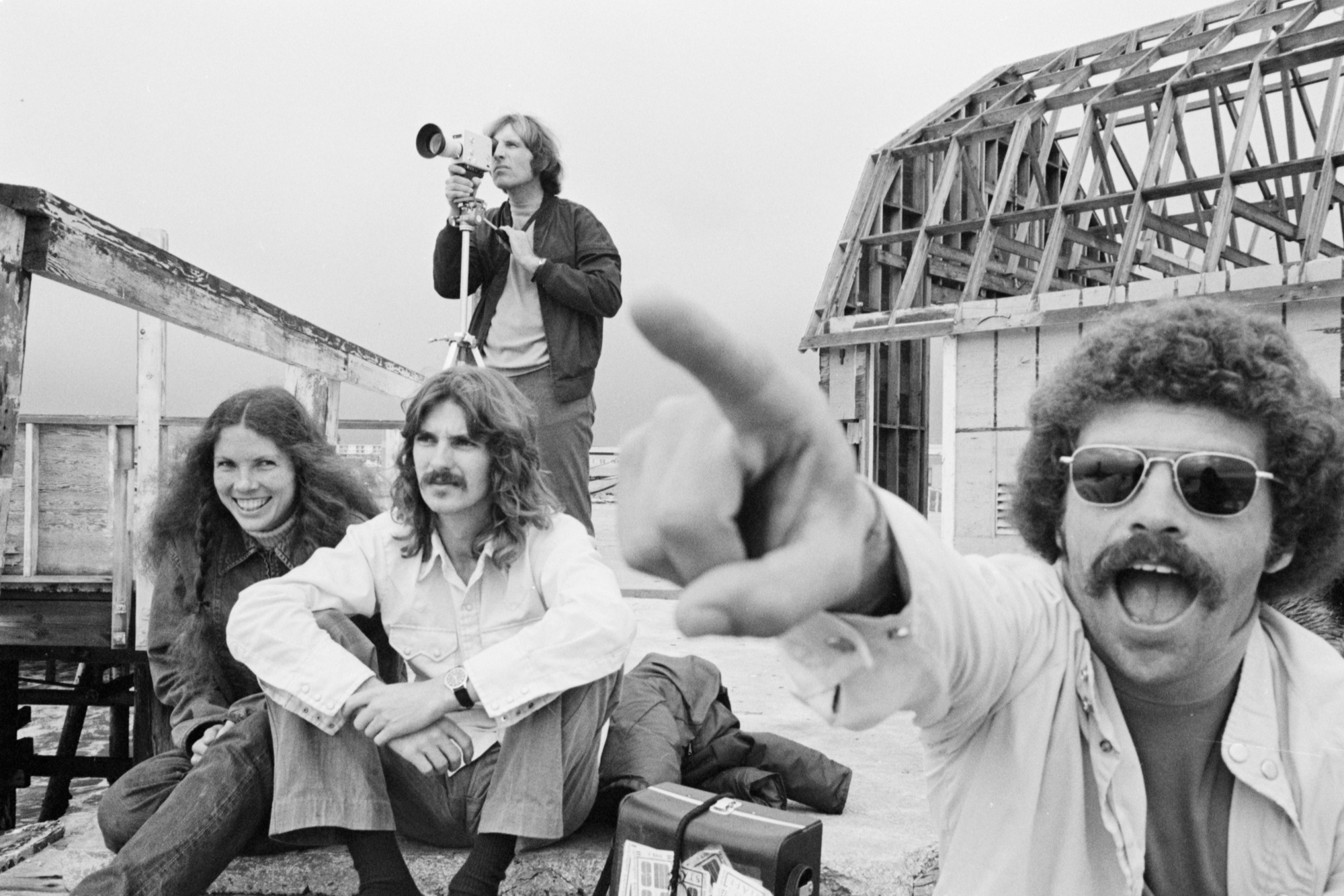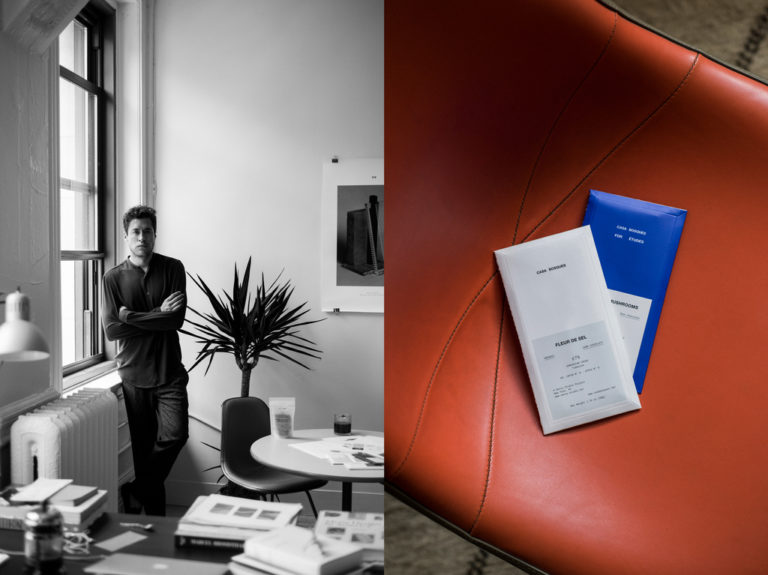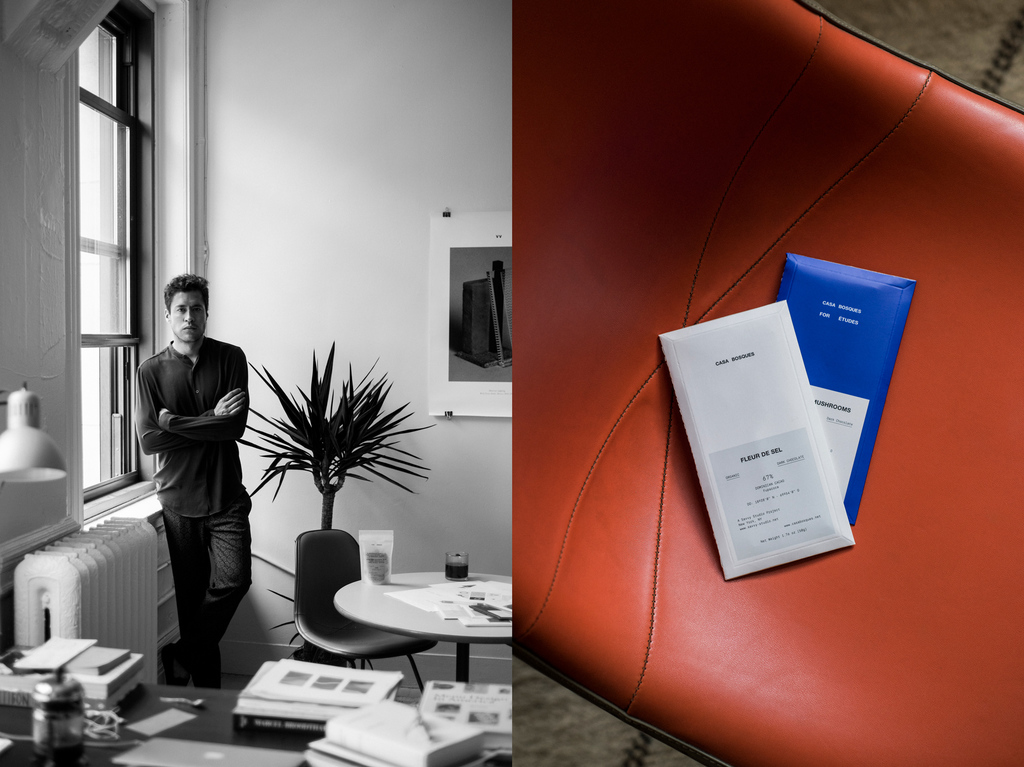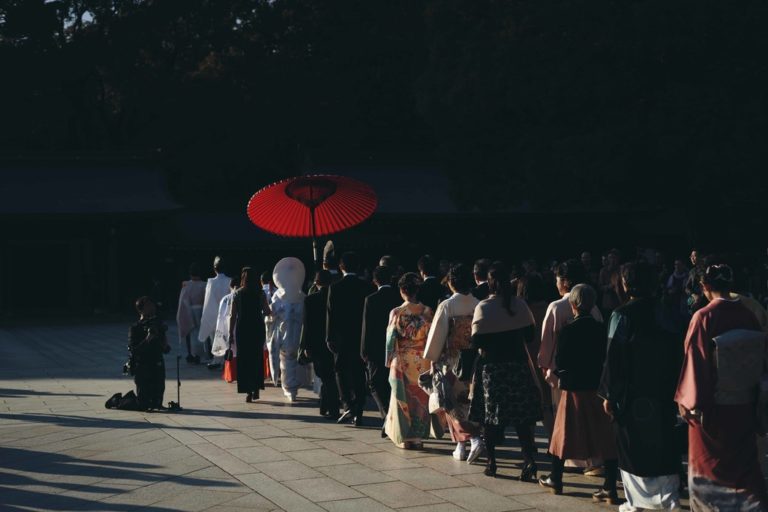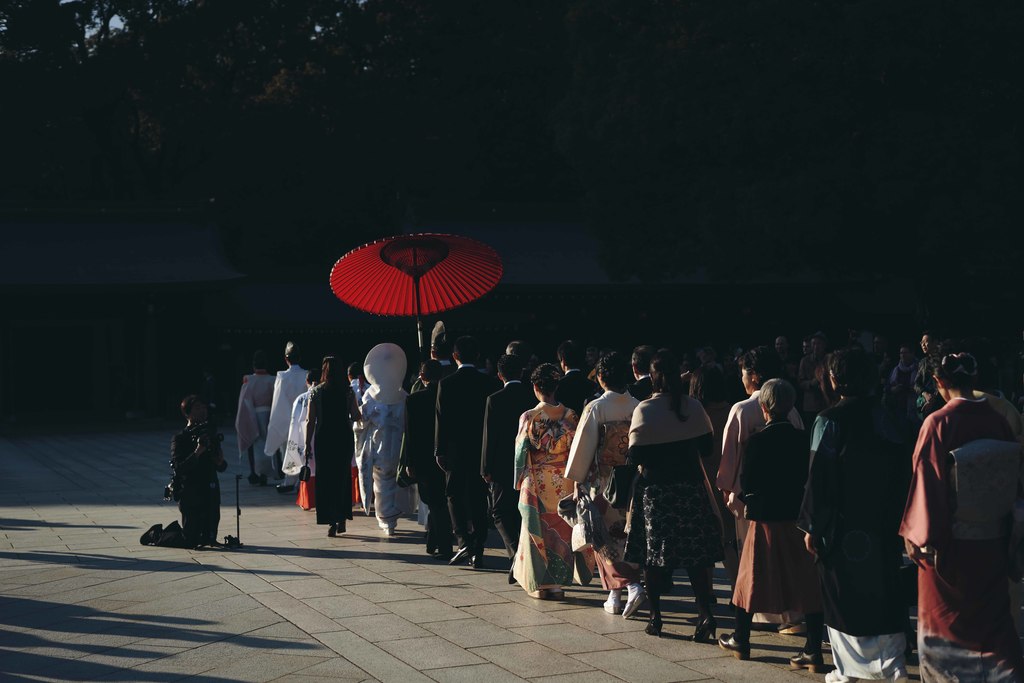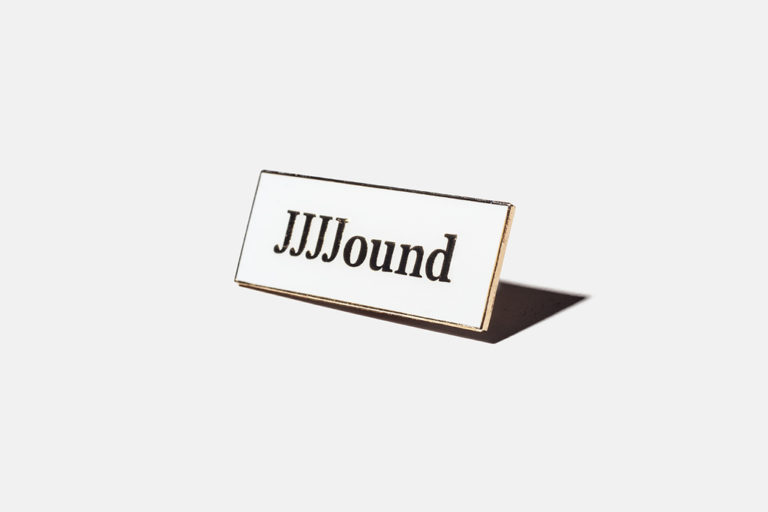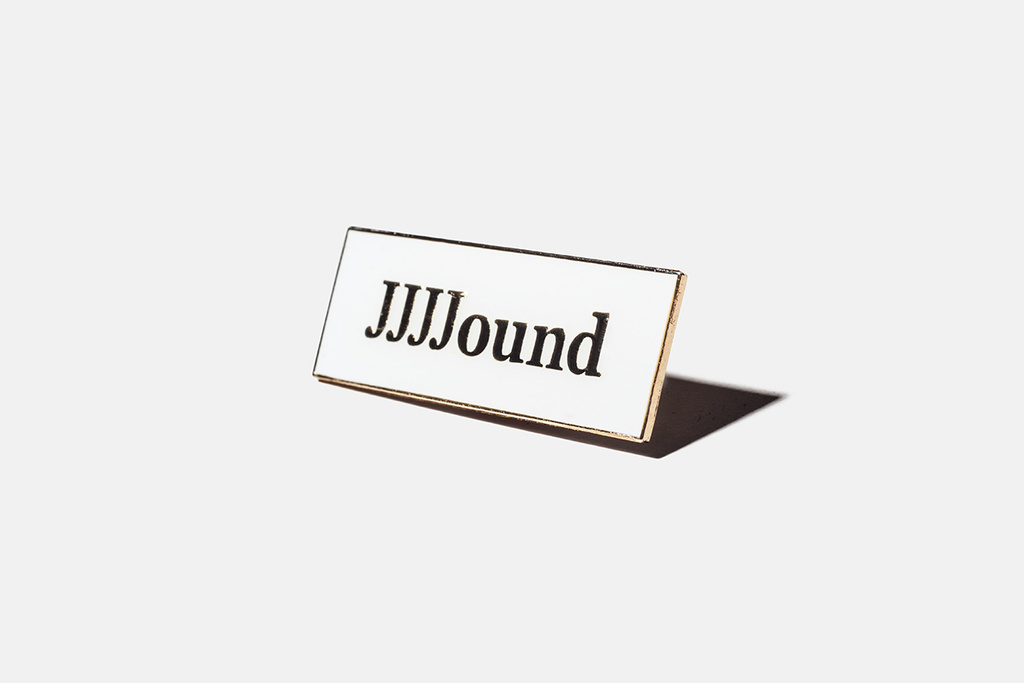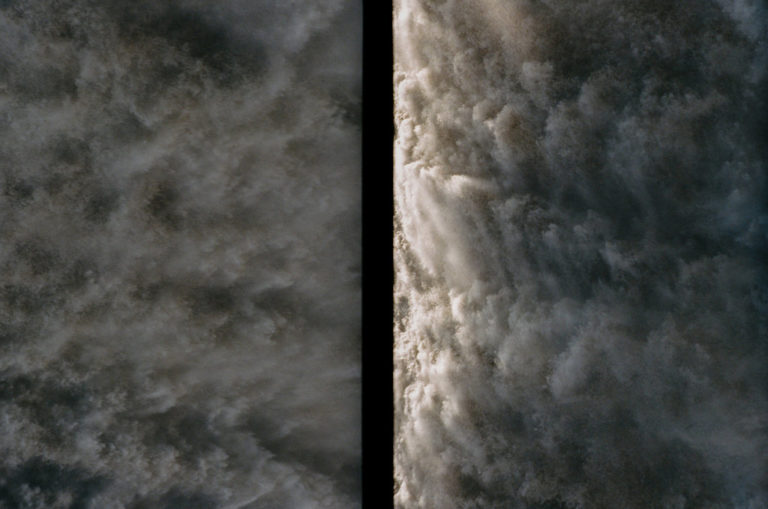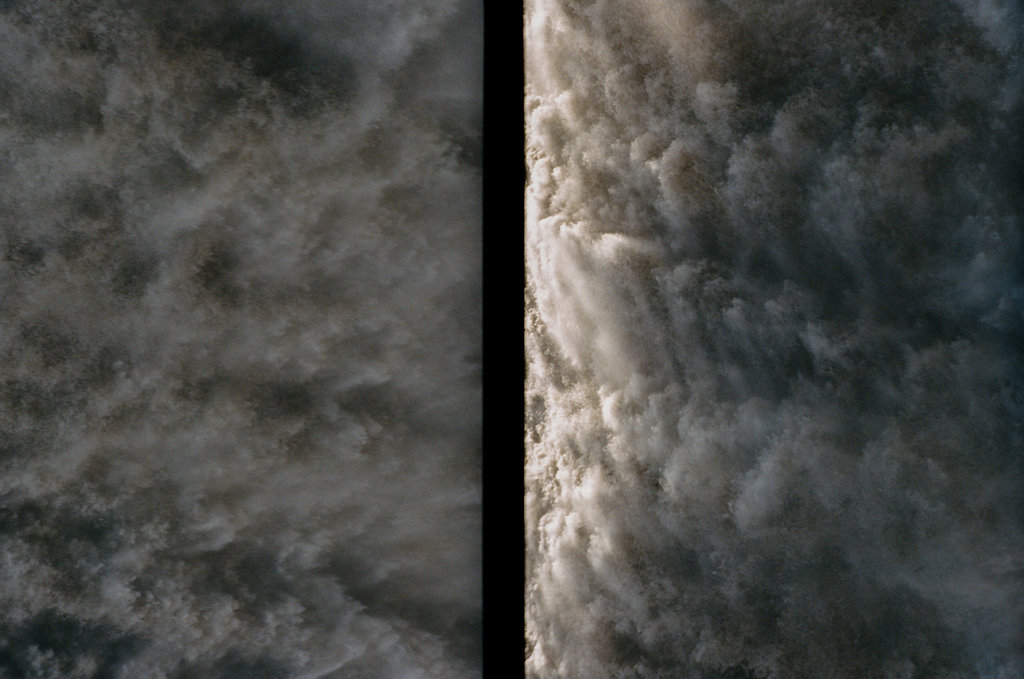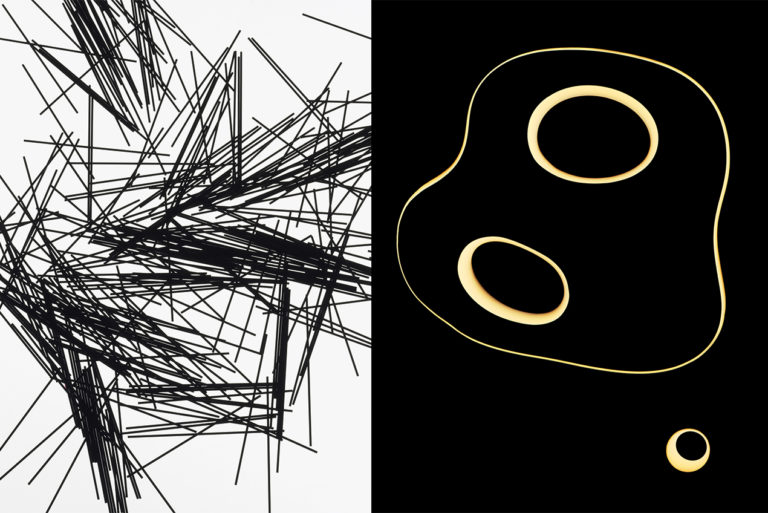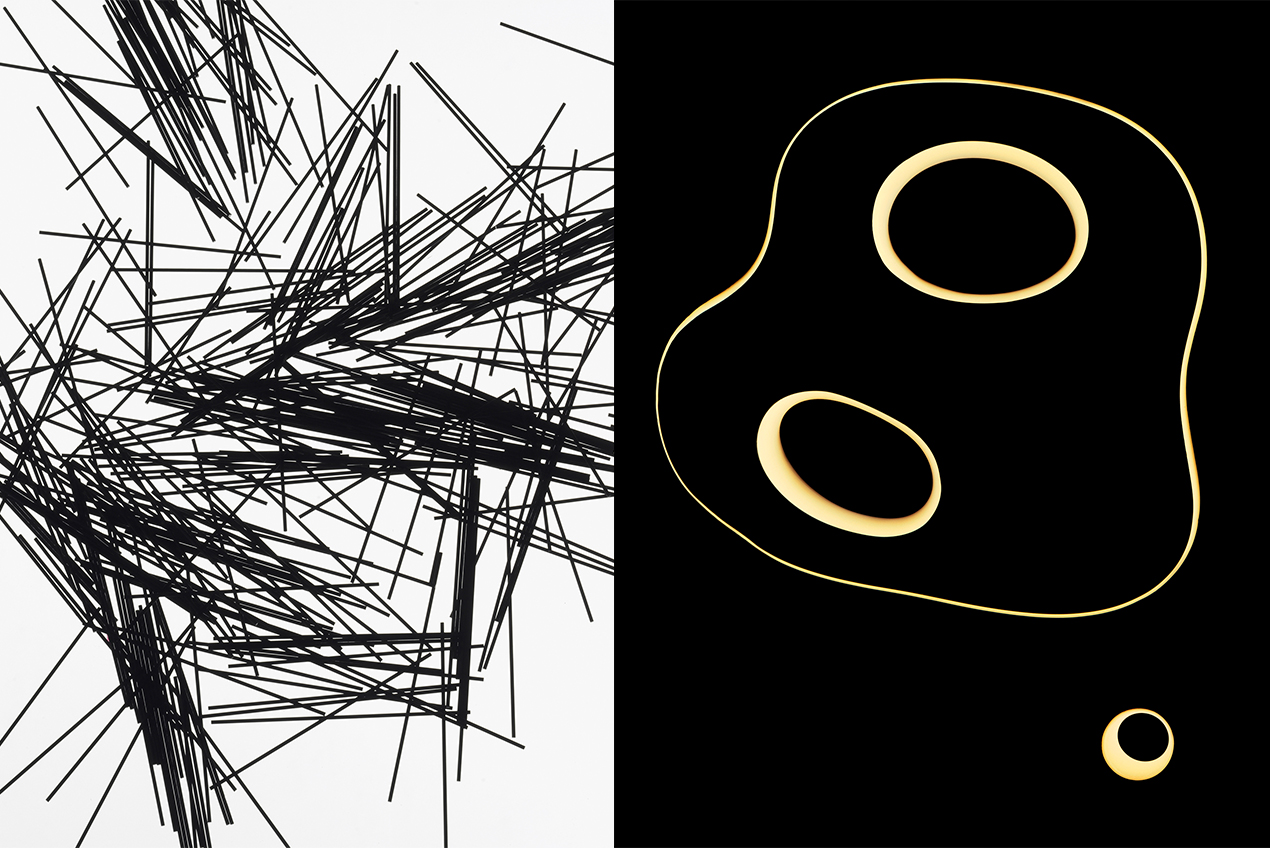Chris Christenson began his shaping career making boards for the surf team at Point Loma Nazarene University. After working under shaping legends like Dick Brewer and Skip Frye, he has since gone on to establish himself as one of the premier shapers in the world. A master as making all types of boards, Christenson has a “many arrows in the quiver” philosophy that he attributes to his childhood as a competitive golfer. He commits equal focus to making custom shortboards for WCT riders as he does to making fish and longboards.
moose huerta: Growing up in the LA area, where was your local beach?
chris christenson: The first beach I ever surfed at was Bolsa Chica, which is kind of in between Huntington Beach and Seal Beach. Seal Beach was the closest beach to my house. I could actually ride my bike to it. My brother and I would always get up early and ride our bikes down the San Gabriel Riverbed in the dark, and Seal Beach was always the first stop. Then, if it was flat there, which is often was, we’d keep heading south towards Huntington. There was always a bump there.
mh: What board would you take with you back then?
cc: Back then it was a one-board-in-the-quiver era. My first board was a Rockin Fig twin-fin with a trailer stabilizer, double wing swallow, right when the thruster era was just starting to kick in. I think it was a 5’5”, and it’s funny, because now I’m riding boards that are smaller than that. I think my second board was a Rockin Fig too. We rode bigger boards then, that was kind of the norm–maybe eighteen inches wide, beak noses. The flip noses still hadn’t kicked in yet.
mh: What is something random about your adolescence that most people don’t know about?
cc: I was kind of a jock growing up. I played all kind of sports. I was always a skinnier athlete, and I still am. I started golfing when I was seven and started competing at golf when I was nine. I did that through college. I also played competitive football, baseball, basketball, water polo, and swimming. I had this weird thing in high school that I wanted to try out for as many teams as I could, just so I knew I could make the team, and then I’d quit and play what I wanted.
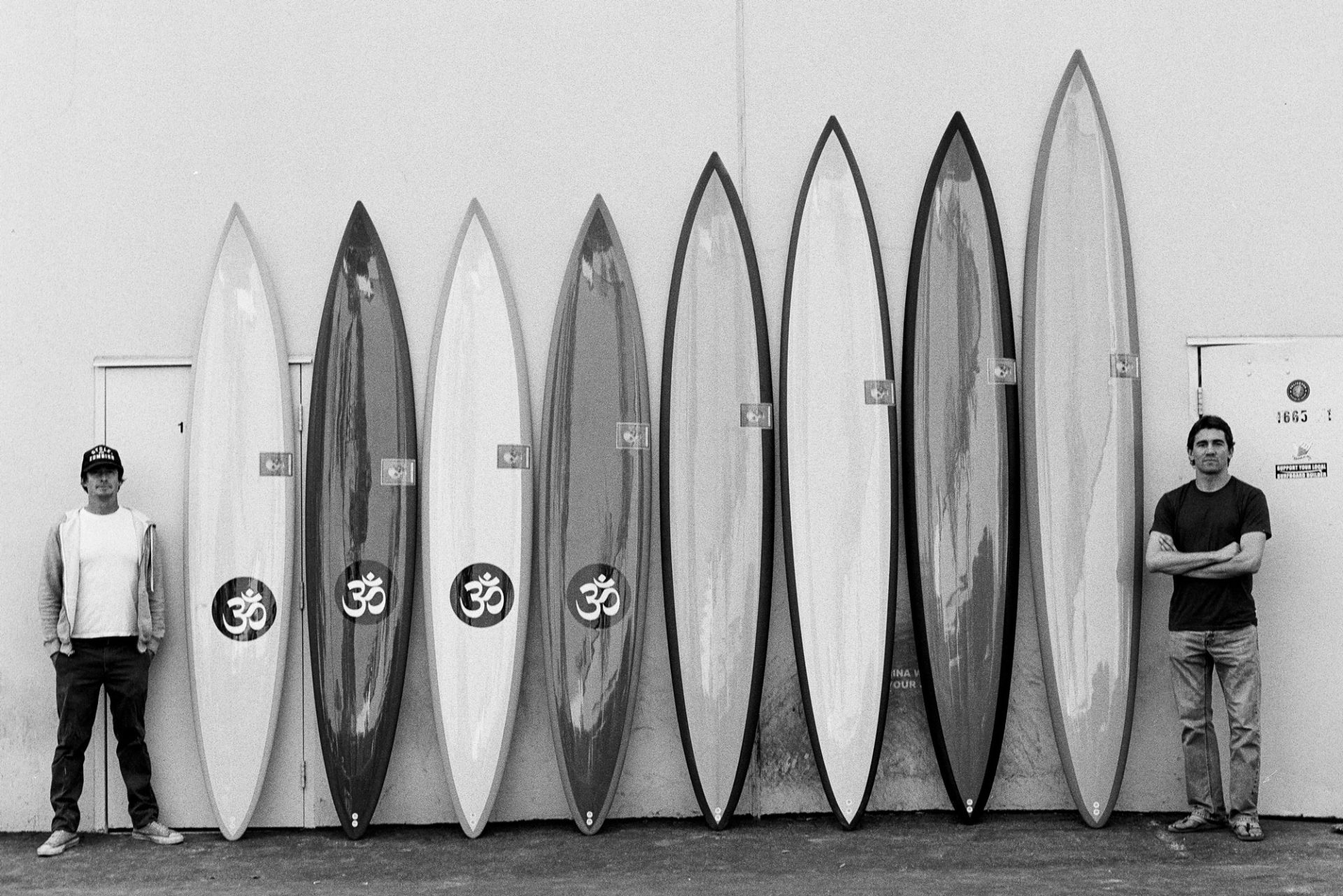
Chris and a quiver of his boards shaped for Greg Long.
Photo: Todd Glaser
mh: Was there ever a team that you didn’t make?
cc: I tried out for the wrestling team and I didn’t like it. I didn’t like rolling around with sweaty dudes, so I went one day and I was like, “Fuck this. I’m over it.” I stuck with the golf thing, and Tiger Woods’s high school competed against mine, so I got to play against him a lot. I actually knew him growing up, we were always in the same junior leagues. Tiger actually got me DQ’d from a golf tournament once. I was kind of a grumpy little kid and I was always real competitive, and Tiger was playing in the group behind me in this tournament. I was pissed off and, for whatever reason, I had a lighter in my pocket – you do the math on that. About three holes before the round was finished I was like, “Fuck it, man. I’m not even going to place in this tournament.” So I burned my scorecard with my lighter, put it in the cup, and put the pin in it. Tiger was behind me and picked it up, and after I finished my round, he walks in and says, “Hey, someone burned their scorecard and left it in the hole.” The coach of that team grabbed it, and my name hadn’t been burned off the card. I got kicked off the team for two weeks and had to work my way back, all because of him. Anyways, then I had scholarships to play. There was actually a college golf guidebook with all the phone numbers of the coaches and stuff, and I had always heard through SURFER Magazine that Point Loma was one of the best colleges to surf at, so I thought, “If I can get a scholarship there, I’m going.” And I did. I made it. The dorm rooms were right at the beach, and that’s really where my shaping career started.
mh: When you were at Point Loma, what did you see your future to be?
cc: I was already building boards when I was going there, and I was actually running my business out of my dorm room. I had my dorm room phone with the old school answering machine, I made my own business cards, and I put up flyers around the campus. Then I rented a shaping room from Rich Pavel. Back then it was called Choice Shaping Studios. Dick Brewer used to go there, that was his California shaping room. One thing kind of led into another. I made my own boards and did the surf team thing. I started making boards for the guys at the team there, and then their friends started buying them, and then their friends started buying them. By the end of my junior year, I was almost working full time. I was laminating surfboards at one factory and shaping my boards at Pavel’s factory. Sometimes I’d go home to my parent’s house on the weekends and I’d shape a board in my dad’s backyard and laminate it in the garage. Then I’d bring it back and run an extension cord out of my dorm window, take two of the desk chairs from the dorm room, and flip them over. I’d use them as racks and sand the boards outside my dorm room to finish them. I was hustling, man! I was kind of killing it. Every week I was getting orders. I’d do t-shirt runs. It was classic.
I started out surfing on a conventional shortboard. A lot of the shortboard guys don’t know that I make longboards, same goes for the longboard and fish guys. My production has an even balance.
mh: Was it always called “Christenson Surfboards”?
cc: No. I thought Christenson sounded dumb, so I came up with the label Exodus. The first few boards I shaped, I just put my initials on them. Then I had my friend, Phil Goodrich, create the first Exodus logo. He also created the first couple of Christenson logos. So, anyways, during my senior year in college I was doing this thing full time and I kind of made up my mind that I was going to graduate and go for the shaping thing. And I’ve never had another job since, other than working for other shapers. I went on working for Rusty for a little bit, G&S, I worked for Dick Brewer for 6 years out of college. Then, right around 2000, I went 100% on my own. I wasn’t shaping or laminating for anyone else.
mh: And you were on the surf team at school?
cc: Yeah, I was on the B team. Our school was good.
mh: Did you have a competitive nature when it came to surfing?
cc: I never really had a competitive nature when it came to surfing. I never really did much of the contest thing. I did a few in college–I won one surf contest, I made the finals in a few. But then I got over it. I realized that I’m not going to be some “Johnny Pro Surfer” on tour, travelling the globe.
mh: I met you through Ian Gibson, who was also another Point Loma alumnae, but then you mentioned Rich Pavel, Dick Brewer, and Skip Frye. Do you feel like you were part of an era at Point Loma?
cc: Yeah, the early 90s era in Point Loma was pretty significant in the industry. A lot of people don’t realize that the guys who started Volcom went to Point Loma. Ryan Hurley went to Point Loma. The list goes on and on–Ricky Irons, a lot of the guys who work at SURFER Magazine went there. There is a lot of surf history that came from that school. If I hadn’t gone to that school, I probably wouldn’t be doing this interview right now.
mh: Do you fly your Nazarene flag high and proud?
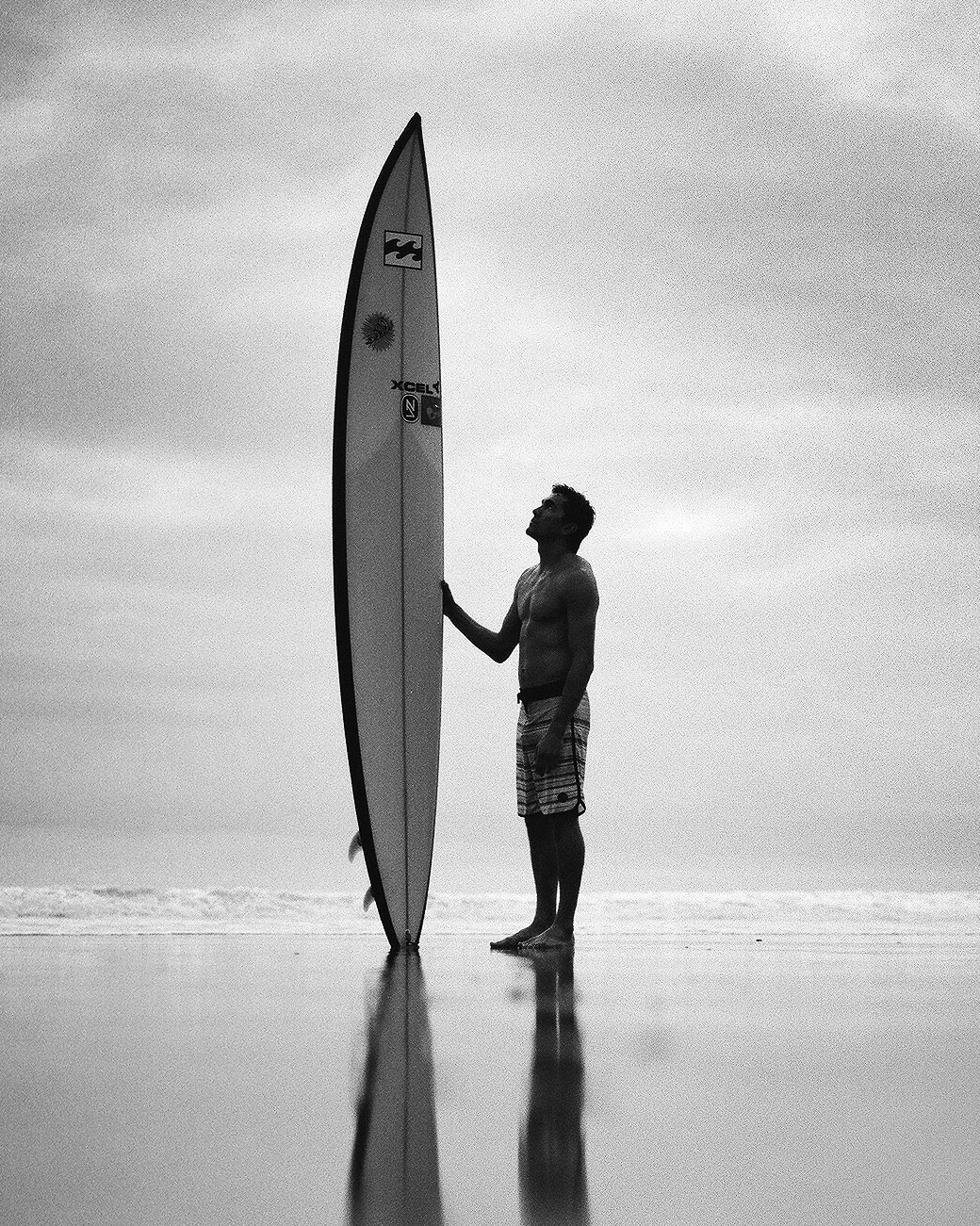
Greg Long
Photo: Todd Glaser
cc: I don’t fly no Nazarene flag, that’s for sure, but I’m glad I went there and I’m glad I paid my school loan off. If you look back in history, that’s where the fish developed. Joel Tudor was a kid, and I remember watching him and thinking, “This kid is kind of rad riding a single-fin.” And then John Wagner also went to Point Loma and he was shaping too. I remember borrowing a long board from one of his buddies–I believe it was Troy Peters, who was a shaper as well–and then I got hooked. Bryan Jennings went there, and I borrowed the Skip Frye that he had and I thought, “There’s something to this.” Then it was around ‘94 when Searching for Tom Curren came out, and I got hooked on that. I went over to Skip’s shop right when that thing came out, and I ordered a fish, and Skip was like, “Yeah, we started making them again ever since the movie.” I still have that board today, and that’s when my relationship with Skip started. I rode that board for a year straight. I didn’t even ride my own boards. I probably made 100 of my own label boards, but I just kept riding that Skip Frye, and people were teasing me, “Oh, nice kneeboards.” But I never took a template off that board. Nothing. I totally respected what someone else did. I waited until I saw Skip, because I wanted to attempt making my own.
mh: Where did you go to talk to him?
cc: I actually went to Harry’s. I knocked on his door, and Donna was upfront smoking her cigarette going, “Can I help you?” I asked if I could talk to Skip, and she was like, “He’s busy shaping. What do you want?”
mh: Were there ever any moments where the elders felt like you stepped out of line a little bit?
cc: Yeah, I had to tread carefully when I first started. Not too many guys know this guy, but John Holly was an original G&S shaper and an old school Sunset Cliffs guy. The Sunset Cliffs zone is a very territorial area, and their whole motto in Point Loma and Ocean Beach is, “It’s not an address, it’s an attitude.” And it really is. The only other place I can compare it to is the Palos Verdes area–where there’s no leashes, no colors, all black wetsuits, nothing flashy. You have to mind your own business, you have not show up with crowds, and you’ve got to earn your way into the lineup. It was the same for that era of shapers. I always respected the elders, so I never really ran into too much trouble. But John Holly kept me in check if I was ever out of line, or tried to take a short cut, or tried hyping myself up. These guys also had really good work ethics where they’d get their surf in, go in there, put their head down, plug their tools in, and hammer out six hand shapes a day. I can’t think of anyone under 30 who could plug in a planer, shape six hand shapes in a day, and put out something that is worth a damn. Call me old and stubborn, but I can’t honestly think of anyone.
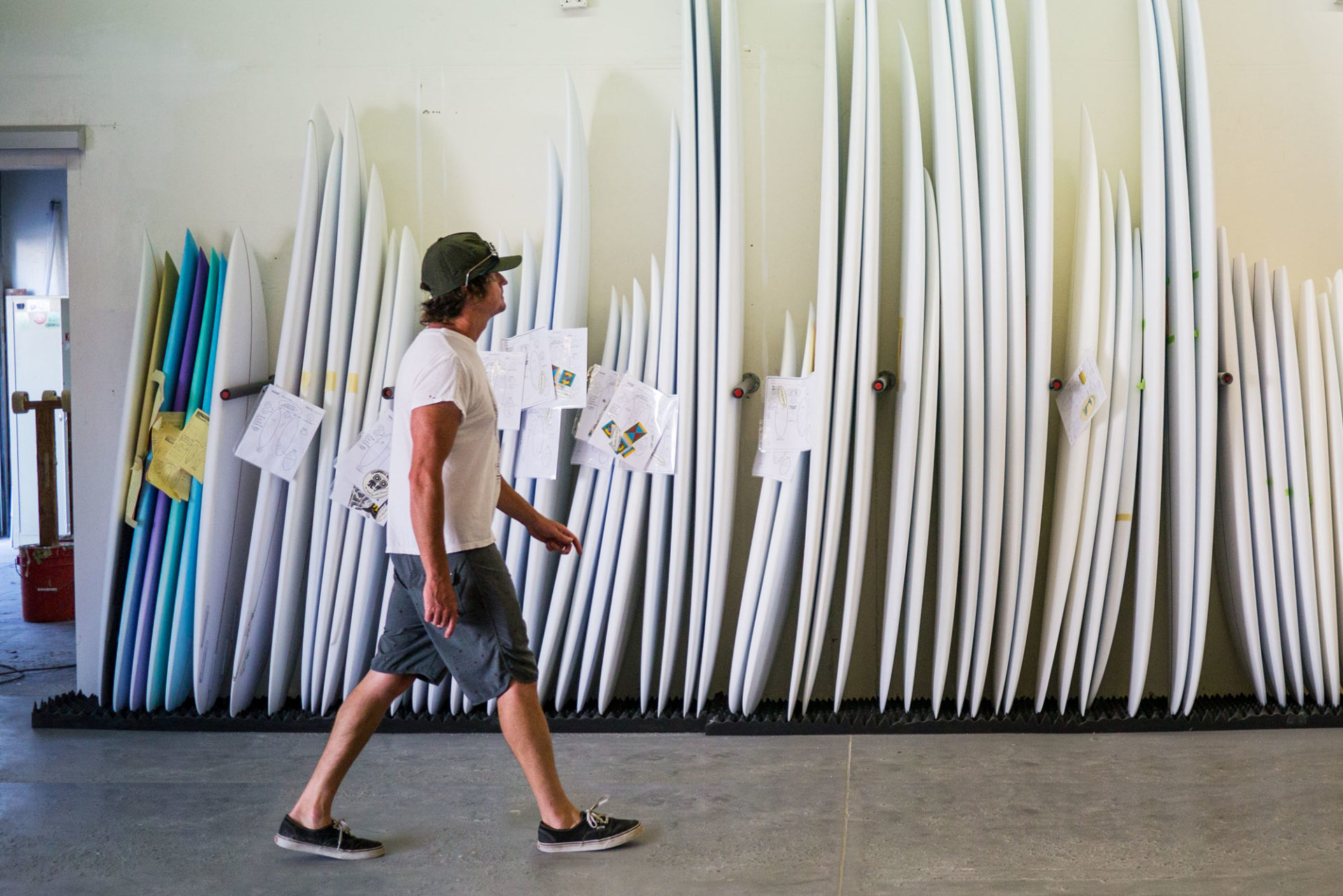
Chris at his factory
Photo: Moose Huerta
mh: What do you think of this new generation?
cc: There are a couple guys I see who have it. I tip my hat off to Ryan Burch and Tyler Warren. Shaping is a skill that you either have, or you don’t. There have been guys who have been shaping for 30 years, and I hate to say it, but they don’t have it. They don’t get it. Tyler had Terry Martin, just like I had Dick Brewer and Skip Frye. Ryan Burch started mixing up with long boards, then fish, and then he started shaping his own boards. He gets it. There doesn’t seem to be as many of those “respect the elders” types in this newer generation, maybe. I’ve had a lot of other guys develop careers from my factory that I’ve hired. Josh Hall used to work for me, he was packing boxes, keeping the shop clean, and doing some fin-boxing and top-coating. I’ve always known him from the area, and he’s a good kid. He started a wine business and then went back to shaping, and now it looks like he’s shaping some nice boards. When Josh Hall left to start the wine business, I asked him to find me another kid to help me pack and be my runner, and he was like, “Yeah, there’s this kid who just moved here from Colorado, he’s cool, he’s super into surfing.” I needed someone, and Jeff McCollum comes knocking on my door. He’s standing there in his Dickies and he’s like, “Hey, Josh told me to come here?” (Laughs) You know, it was the worst interview possible. But I had a big shipment going out to Japan and I knew I couldn’t do it all myself. I was going on trips, so I was like, “Fuck it, I’ll hire the guy. Why not?” He ended up being a rad employee, and I actually respect Jeff a lot. He gets it and he’s doing good work now too. He used to always come in, and I’d be shaping, and he’d be standing in the corner watching. The rest is history.
mh: As far as shapers, you have John Holly, you have Skip, you have Brewer, yourself, Tyler Warren, Rich Pavel, who are mostly known for retro, alternative equipment, where do you draw your inspiration from with conventional shortboards?
cc: I started out surfing on a conventional shortboard. A lot of the shortboard guys don’t know that I make longboards, or alternative fish designs. And the same goes for the longboard and fish guys. My production has an even balance. It’s basically broken down into thirds–I’ve got one-third WCT-type stuff, one-third alternative, and one-third logs. And the gun thing is in its own category too. I always like a challenge. On any given day in the shaping room, I could do two boards for a pro shortboarder, a gun, a nose rider, a twin-fin, and a quad-fin all in the same day. I’ve always compared it to golf, you don’t hit the same club on every shot. I don’t think you should do that with surfing either.
mh: When will we see a CC on the podium of a WCT event?
cc: There are a few guys at the WCT who get their boards from me when they’re in town, and I would love to have someone in the top five, hopefully a world champ. Obviously, when Greg Long won the Eddie that was probably be the biggest accolade of my career for sure, it probably always will be. I did an interview a long time ago where someone asked, “Would you like to have someone be world champ on your boards on tour, or would you rather have someone win an Eddie, or an XXL?” I’ve had about five guys win XXL Awards on my boards, and, obviously, Greg won the Eddie in 2009. I said that there wouldn’t be anything better than having someone win an Eddie, because there’s only been like seven in the last 28 years. But the competitive part in me would love to have someone on the WCT go on for a world title. I like working with these guys, it’s almost like I’m being their coach too, because I work hard with all the big-wave guys. I’d like to do that on tour and follow these guys around, like JS was doing with Parko last year. A lot of people don’t realize that Parko’s shaper, JS, was at almost every tour event.
I don’t want anything to do with 25-ft Mavericks or Cortes Bank or any of that stuff.
mh: With the big-wave thing, you personally wouldn’t ride those waves, so it’s definitely 100% reliant the feedback from the rider and what you observe. How does it feel to shape a board that you wouldn’t personally ride?
cc: With the big waves these guys are riding now, they’re paddling the things that people used to be towing in. Yeah, I don’t want anything to do with 25-foot Mavericks, or Cortes Bank, or any of that stuff. But I do put myself out there and I go on the guys’ trips–I get in the water with them, I’m out on the boats, I’m out on the jet skis, I watch the video. None of the other shapers are really doing that.
mh: You get as close to it as you possibly can.
cc: Yeah, but I know my limits. What someone calls “big waves” is kind of subjective now.
mh: If you could give yourself advice ten years ago, or even go further back, what would you tell yourself?
cc: I’m not one for would’ve, could’ve, should’ve. All I know is that I busted my ass and sometimes I look back and think, “Man, I wish I would have lived more in my 20s. I worked my ass off.” I used to be the guy who would drive to work with headlights on and drive home with headlights on. I put shaping first in front of everything. I worked hard, and now it’s paid off. What I wish I could have been doing in my 20s, I’m now doing in my late 30s and early 40s. I’ve developed a lifestyle that I always dreamed of having. I worked hard in my early years and I have no regrets, because now I’m on the other end of all that, and my hard work has paid off. Anyone who has a career that they’re passionate about, that’s the advice I would give to them. Just put your nose down and do it. It’s all going to pay off.■

